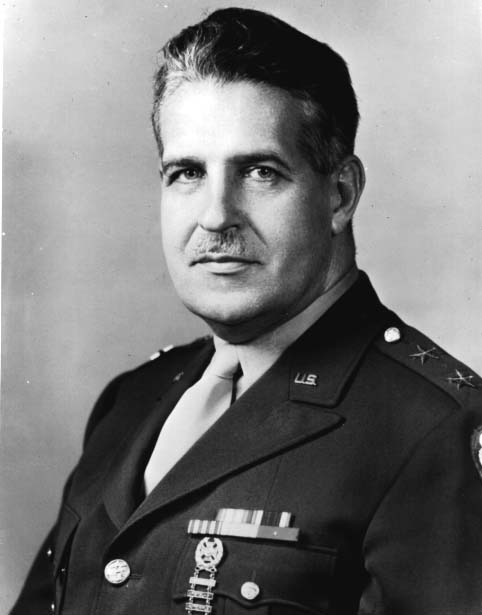Nearly everyone knows the basic outline of this story, it is after all one of the most important series of events that occurred during the 20th century. In the late 1930s, while the threat of a coming world war grew physicists were learning the secrets of the atom and wondering if it could be possible to release the tremendous energy contained within the nucleus, both for power generation, and for weapons.

The countries that would become the allied nations feared that Nazi Germany could become the first to develop an atomic bomb. After all, both the theories of relativity and quantum mechanics were first conceived by Germans and many of the leading researchers in sub-atomic physics were German. In fact the scientists who first succeeded in splitting atoms of Uranium, Otto Hahn and Fritz Strassmann were both German and their fission experiment was performed in Berlin!

Hoping to beat the Germans to the bomb the Americans, with help from the British, organized the massive ‘Manhattan Project’. The American program did succeed in producing the first nuclear weapons but not until several months after Nazi Germany had been defeated. In fact when allied scientists searched through the rubble of Hitler’s Reich for Nazi scientists and technology they were surprised to discover how little progress the German nuclear physicists had made.

There were many reasons why the Nazi atomic bomb program failed. One reason worth considering in today’s political climate would be how the Nazi’s own racism forced some of the world’s greatest minds to flee Europe for the safety of the United States. Men like Albert Einstein, Niels Bohr, Erwin Schrödinger, Hans Bethe, Max Born and many others would all contribute to the Manhattan Project, helping America develop the bomb first.

There were other reasons as well; one interesting one was the Nazi’s tendency towards an almost feudal disorganization in their nuclear program. In fact the German nuclear program was more like nine distinct programs, each with its own director, each of which set its own agenda and goals with little coordination between the different groups. In contrast the Manhattan Project had one boss, Major General Leslie Groves who, with his science advisor Robert Oppenheimer made certain that everyone and everything in his command worked together for one goal, an atom bomb.

The German nuclear program’s greatest success was in the construction of a nuclear reactor by the Uran-Maschine (Uranium Machine) group in the city of Haigerloch. This group was headed by the Nobel Prize winning theoretician Werner Heisenberg along with his assistant the experimentalist Robert Döpel. The reactor these two scientists designed consisted of some 664, 2kg uranium cubes each about 5cm to a side. These cubes were hung from chains and then immersed in heavy water, which acted as a moderator slowing the neutrons in order to increase their chance of striking a uranium nucleus and maintaining the chain reaction. See image below.


Although the reactor was completed it never achieved criticality. That is the reaction never reached the condition where enough neutrons were being produced by the splitting of uranium nuclei to sustain the chain reaction indefinitely. Modern calculations indicate that the reactor design would have required a 50% increase in the number of uranium cubes in order to work. By comparison Enrico Fermi and his group had succeeded in establishing the first sustained nuclear reaction with their reactor in December 1942.

With the fall of Nazi Germany the experimental reactor at Haigerloch was captured by the US Army along with the scientists who worked there. The army troops who seized Haigerloch were accompanied by members of a special project known as Alsos who were attached to the Manhattan Project and led by the physicist Samuel Goudsmit. The Alsos team both interrogated the German scientists and examined the reactor. The captured scientists, including Heisenberg, were later sent to Britain and incarcerated for a time. The reactor was dismantled and the equipment, along with the 664 uranium cubes shipped to the US.
So what happened to those 664 uranium cubes? Well, it is likely that most were simply inserted into the Manhattan Project’s supply chain and eventually the uranium became part of American nuclear reactors or weapons. Some however definitely did not, instead becoming souvenirs that were passed from one person to another. Several of these cubes have found their way into museums including a museum at Haigerloch Germany dedicated to telling the story of Hitler’s reactor. Other known examples include Harvard University and the National Museum of American History in Washington DC. It is possible however that there are some still out there sitting in someone’s attic or garage.

Timothy Koeth, an associate research professor of the University of Maryland is now trying to discover what happened to as many of the uranium cubes as he can. Professor Koeth has even established an email address so that anyone who may have information about the cubes can contact him. The address is:
uraniumcubes@umd.edu
So if you have this old black cube that your grandfather brought back from the war and kept for reasons he never made clear contact Professor Koeth. Maybe that’s a real piece of Hitler’s nuclear reactor!
